Beliefs and Practices
The most dedicated Tibetan Buddhists seek nirvana, but for the common people the religion retains shamanistic elements. The worship also includes reciting prayers and intoning hymns, often to the sound of great horns and drums. A protective formula of esoteric significance, Om mani padme hum [Om, the jewel in the lotus], is repeated; it is inscribed on rocks and walls, tallied on prayer wheels, and displayed on banners and streamers. In addition to a large pantheon of spirits, demons, and genii, many Buddhas and bodhisattvas (future Buddhas) are worshiped along with their ferocious consorts, or Taras. The monastic orders include abbots, ordained religious mendicants, novices (candidates), and neophytes (children on probation). The standing of nuns is inferior
Early History
The traditional account of its origin is that Buddhism was introduced into Tibet by a Nepali and a Chinese princess, devout Buddhists, who became (7th cent. A.D.) the wives of the Tibetan king Srongtsen Gampo. The new religion was actually established, however, by one of the successors of that king when he called from India the Padmasambhava, a Tantric mystic and teacher who founded (c.750) a Buddhist monastery near Lhasa. Buddhist writings were later translated from Sanskrit in two sections: the Kanjur [translated word], a collection of sacred texts, and the Tanjur [translated treatises], a collection of commentaries (see Buddhist literature).
The early lamas and their successors, constituting the so-called Red Hat sects, rapidly built up power. The Bon shamans, however, fought back successfully, and for over a century the new faith was suppressed. In 1042 a reformer, Atisa (982-1054), a monk from India, arrived in Tibet, unified the priesthood, improved the moral tone by enforcing monastic rules, and tried to eliminate any vestiges of Bon ritual from the religion. He was the founder of the Kadampa sect. Another sect, the Kargyupa, was founded by the translator Marpa (1012-97) and his famous disciple Milarepa.
Tibetan Theocracy
In the 13th cent. Kublai Khan, after his conversion, bestowed temporal rule upon the abbots of the Sakya monastery (and leaders of the Sakyapa sect), who subsequently ruled W Tibet from c.1270 to 1340. The lama Tsong-kha-pa (d. 1419), a great reformer, subsequently reorganized the orders, strengthened monastic discipline, introduced a rigid rule of celibacy, and prescribed rigorous routines for meetings, confessions, and retreats. This reform movement called itself the Gelukpa [virtuous] sect and is generally known as the Yellow Hat sect.
Soon Yellow Hat influence spread to Mongolia, and in 1641 a ruling Mongol prince bestowed temporal and spiritual control of all Tibet upon the fifth grand lama of the order, whose title was Dalai or Ta-lai [ocean-wide] Lama. The Dalai Lama was proclaimed a divine reincarnation of the Bodhisattva Avalokitesvara, ancestor of the Tibetan people, and was installed in the Potala (palace) in Lhasa. He soon became the temporal leader of Tibet, while spiritual supremacy resided with the chief abbot of the powerful Tashi Lumpo monastery near Xigazê, who is known as the Tashi or Panchen Lama. The Panchen Lama is regarded as a reincarnation of Amitabha, the Buddha of Light.
The succession to grand lama, either Dalai or Panchen, depends on direct reincarnation. Upon the death of either, his spirit is believed to pass into the body of some infant just born. An exacting series of tests and divinations determine the proper boy, who is then carefully trained for his great responsibility.
The 14th Dalai Lama was installed in 1940 and the 10th Panchen Lama in 1944. In 1959, following the Tibetan revolt against Chinese rule (see Tibet), the Dalai Lama went into exile in India, and the Chinese installed the Panchen Lama (d. 1989) in his place as ruler. Until the Chinese repression of Buddhism in Tibet in the 1960s, nearly a fifth of the population resided in lamaseries.
Source: Columbia Encyclopedia

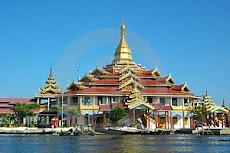
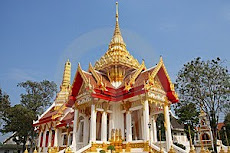



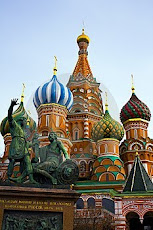


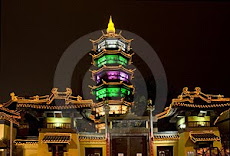
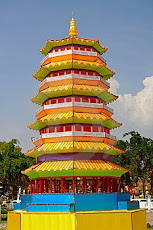
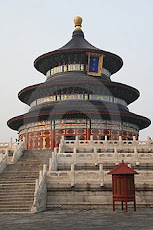
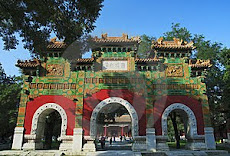

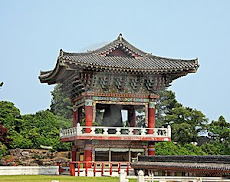
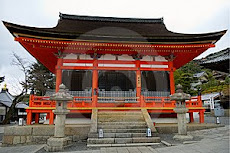

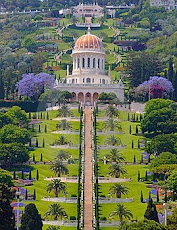



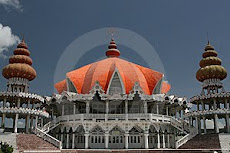

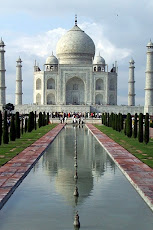


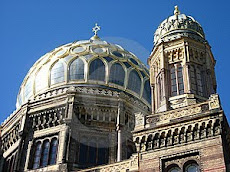


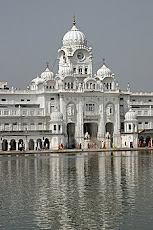















No comments:
Post a Comment